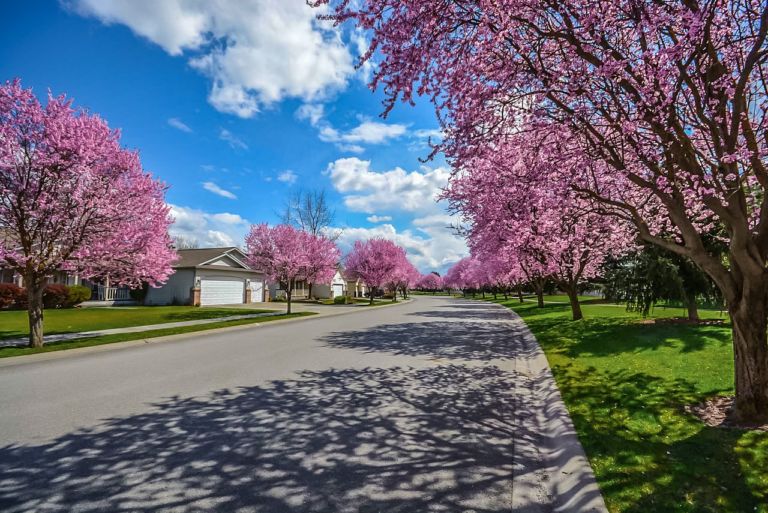As subway systems go, the Washington, D.C., metro generally earns pretty good marks. But Michael Barone‘s latest column explains why its problems offer “examples of how central planners — and especially rail-transit planners — can get things disastrously and expensively wrong.”
Deferred maintenance and failure to replace outmoded cars have taken a heavy toll. This isn’t the designers’ fault, but this sort of thing happens frequently in public-sector agencies (and sometimes in private-sector companies, as well).
Metro has found the money to meet union demands, but too often it hasn’t found funds to keep the system up to date.
In the wake of increased delays, and after a collision of two trains resulted in nine deaths in June 2009, ridership has fallen. In response, Metro has raised fares. Higher prices for worse service: not a winning combination.
Metro’s more fundamental and interesting flaw is apparent when you look at its attractive route map. (Metro, like mass-transit systems going back to the London Tube in the 1930s, is good at graphics.)
What you see is a bunch of differently colored lines converging in downtown Washington, near government and private-sector office buildings.
The assumption of Metro planners was that jobs would continue to be heavily concentrated in the historic downtown.
So there is no station serving Tysons Corner in Northern Virginia, which has become the largest office center between downtown Washington and Atlanta.


